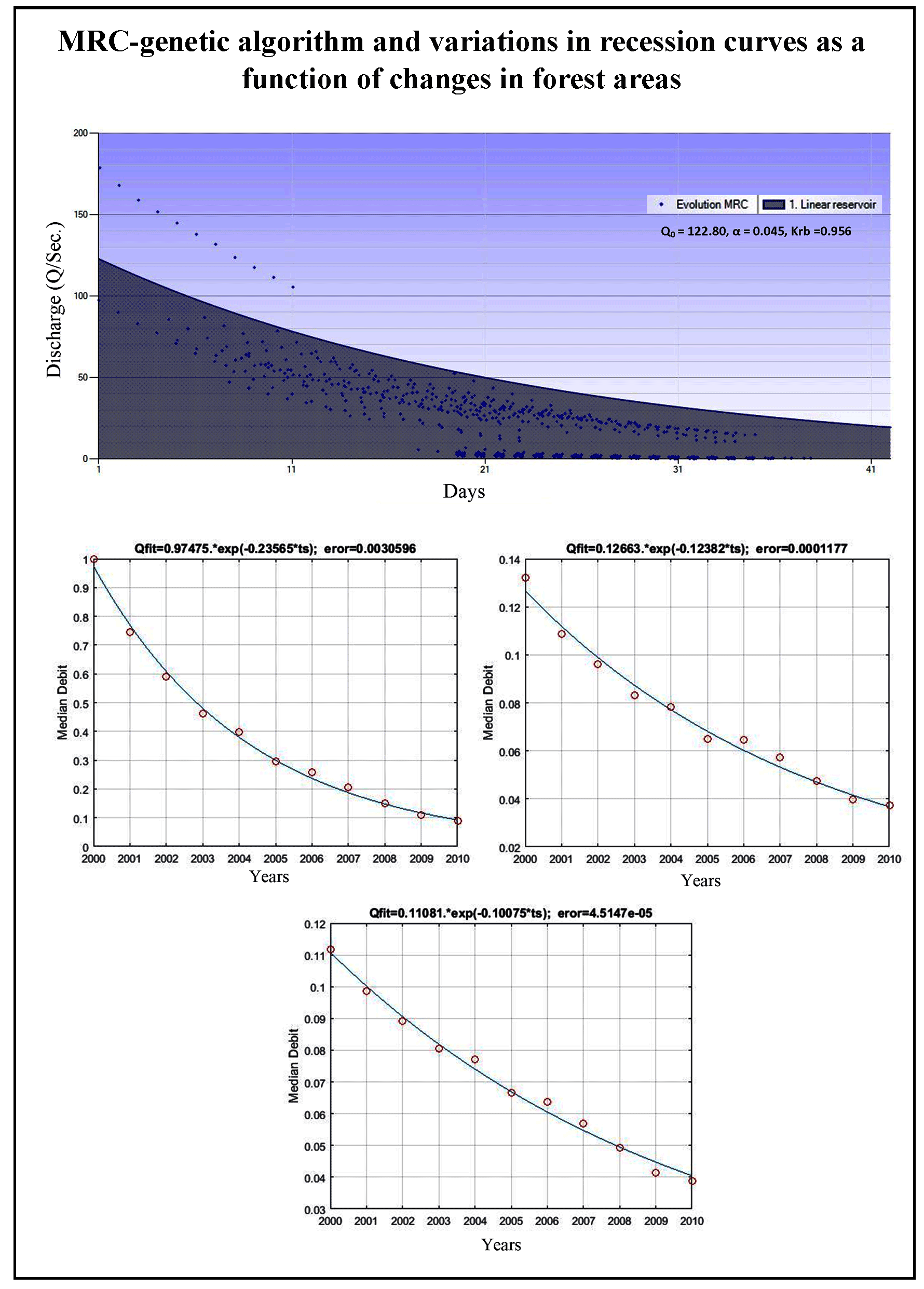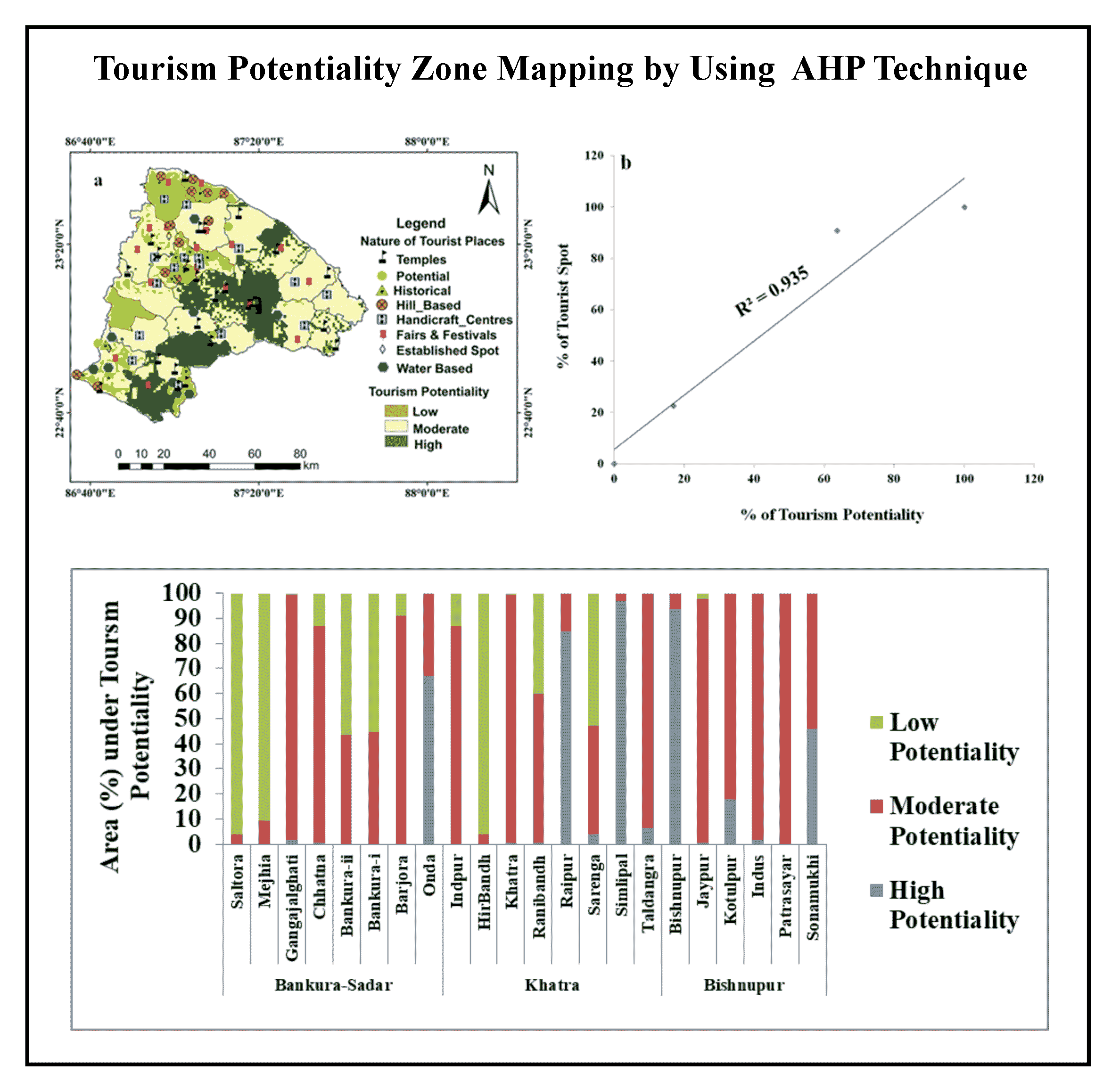Article Title :
Variations in Baseflow Recession Curves as a Function of Land-Use Change in the Keduang Watershed, Wonogiri Regency, Jawa Tengah Province, Indonesia 
3 (2019)
54-67
baseflow , land-use change , recession curve , Recession Model , Watershed


Land-use change and its effects on hydrological processes in a watershed strongly determine the adopted land and water resource management. Human activities that lead to the conversion of forest to non-forest land can continue to modify hydrological systems. This study was intended to analyze the variation in baseflow recession curves as a function of land-use change in the Keduang Watershed, Wonogiri Regency, Jawa Tengah Province. The results showed that the types of land-use conversions had the same model of recession: Qmodel= 0.9747*Exp(-0.2357*ts) for preserved forests, Qmodel= 0.1266*Exp(-0.1238*ts), to represent the conversion of forests to agricultural areas, Qmodel= 0.1108*Exp(-0.1008*ts) for forests to settlements, Qmodel= 0.7628*Exp(-0.2015*ts) for unchanged agricultural areas, Qmodel= 0.0465*Exp(-0.1141*ts) for the conversion of agricultural areas back to forests, Qmodel= 0.1072*Exp(-0.0952*ts) for agricultural areas to settlements, and Qmodel= 0.3359*Exp(-0.1542*ts) for settlements. Overall, the equations indicate that forests can store water better and longer than converted to agricultural fields and settlements.

The study analyzes the variation in baseflow recession curves as a function of land-use change.
The water storage capacity of preserved forests is 23.57%, followed by 12.38% and 10.08% in forest areas converted into agricultural lands and settlements.
The model equations indicate that forests can store water better and longer.
Human activities lead to the conversion of forest to non-forest land can to modify hydrological systems.
Boussinesq, J., 1877. Essai sur la theorie des eaux courantes. Memoires presentes par divers savants a l’Academie des Sciences de l’Institut National de France, Tome XXIII, 1. Imprimerie Nationale, Paris.
Hewlett, J. D., 1961. Watershed management. In report for 1961 South-Eastern Forest Expt. Sta. Asheville, NCUSDA Forest Service, Southeastern Forest Expt. Sta., 62-66.
Kovács, A., 2003. Geometry and hydraulic parameters of karst aquifers- A hydrodynamic modelling approach. PhD. thesis, La Faculté des sciences de lUniversité de Neuchâtel, Suisse, 131.
Kullman, E., 1990. Krasovo-puklinové vody. Karst-fissure waters. GÚDŠ, Bratislava,184.
Maillet, E., 1905. Essai d'hydraulique souterraine et fluviale. Libraire Sci., A. Herman, Paris.
Perzyna, G., 1990. Parameter estimation from short observation series of low flows. In: G. Perzyna (Eds), Derived Frequency Distribution for Low Flows, Dr. Sci. Thesis. Inst. Geophys., University of Oslo, Oslo, 1993, Part 3. University of Oslo, Oslo.
Stedinger, J. R., Vogel, R. M. and Foufoula-Georgiou, E., 1993. Frequency analysis of extreme events. In: D.R. Maidment (Eds), Handbook of Hydrology. McGraw-Hill, New York, 18.55.
Tallaksen, L. M., 1991. Recession rate and variability with special emphasis upon the influence of evapotranspiration. Dr. Scient. Thesis, University of Oslo, Rapp. Hydrology, 25.
Toebes, C. and Strang, D. D., 1964. On recession curves 1: Recession equations. J. Hydrology, New Zealand, 3(2), 2-15.
Ward, R. C., 1975. Principles of Hydrology. McGraw-Hill Book Company, UK.






